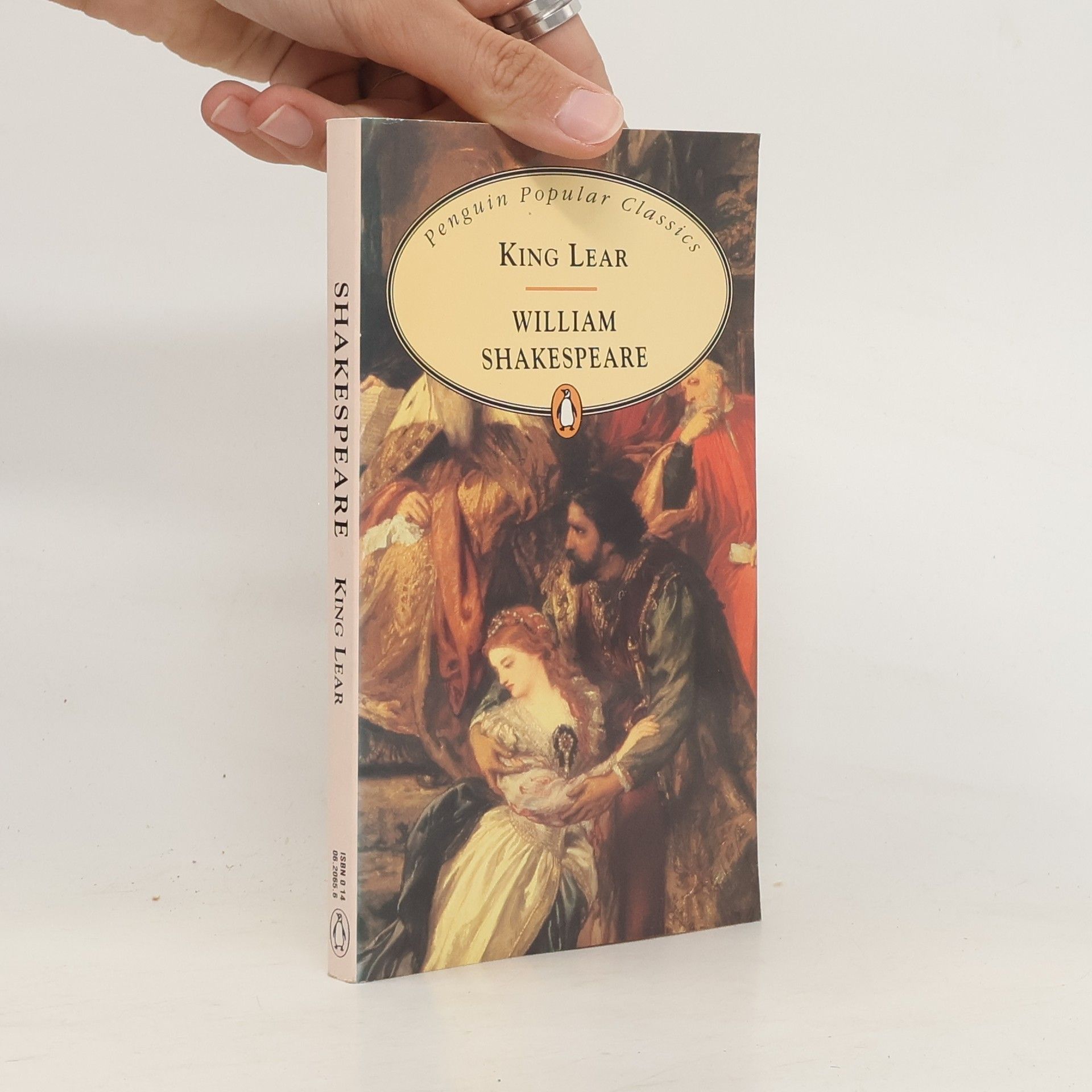King Lear
- 160pages
- 6 heures de lecture
This title is part of an inexpensive range of classics in the "Penguin Popular Classics" series.
Alfred Harbage fut un influent érudit shakespearien du milieu du XXe siècle. Il a également écrit des romans policiers sous le pseudonyme de Thomas Kyd. Son travail académique offre des aperçus profonds sur Shakespeare, tandis que son incursion dans la fiction policière révèle une voix littéraire polyvalente. Le parcours singulier d'Harbage à travers le monde universitaire et la fiction de genre invite les lecteurs à apprécier l'étendue de l'expression littéraire.





This title is part of an inexpensive range of classics in the "Penguin Popular Classics" series.
This work has been selected by scholars as being culturally important and is part of the knowledge base of civilization as we know it. This work is in the public domain in the United States of America, and possibly other nations. Within the United States, you may freely copy and distribute this work, as no entity (individual or corporate) has a copyright on the body of the work. Scholars believe, and we concur, that this work is important enough to be preserved, reproduced, and made generally available to the public. To ensure a quality reading experience, this work has been proofread and republished using a format that seamlessly blends the original graphical elements with text in an easy-to-read typeface. We appreciate your support of the preservation process, and thank you for being an important part of keeping this knowledge alive and relevant.
The book explores various interpretations and understandings of Shakespeare's works, delving into the complexities of his characters, themes, and the historical context surrounding his plays. It examines how different scholars and critics have approached Shakespeare's writing, offering insights into the enduring impact of his literature on culture and society. Through analysis and critique, it aims to enrich the reader's appreciation of Shakespeare's genius and the diverse ways his work can be interpreted.